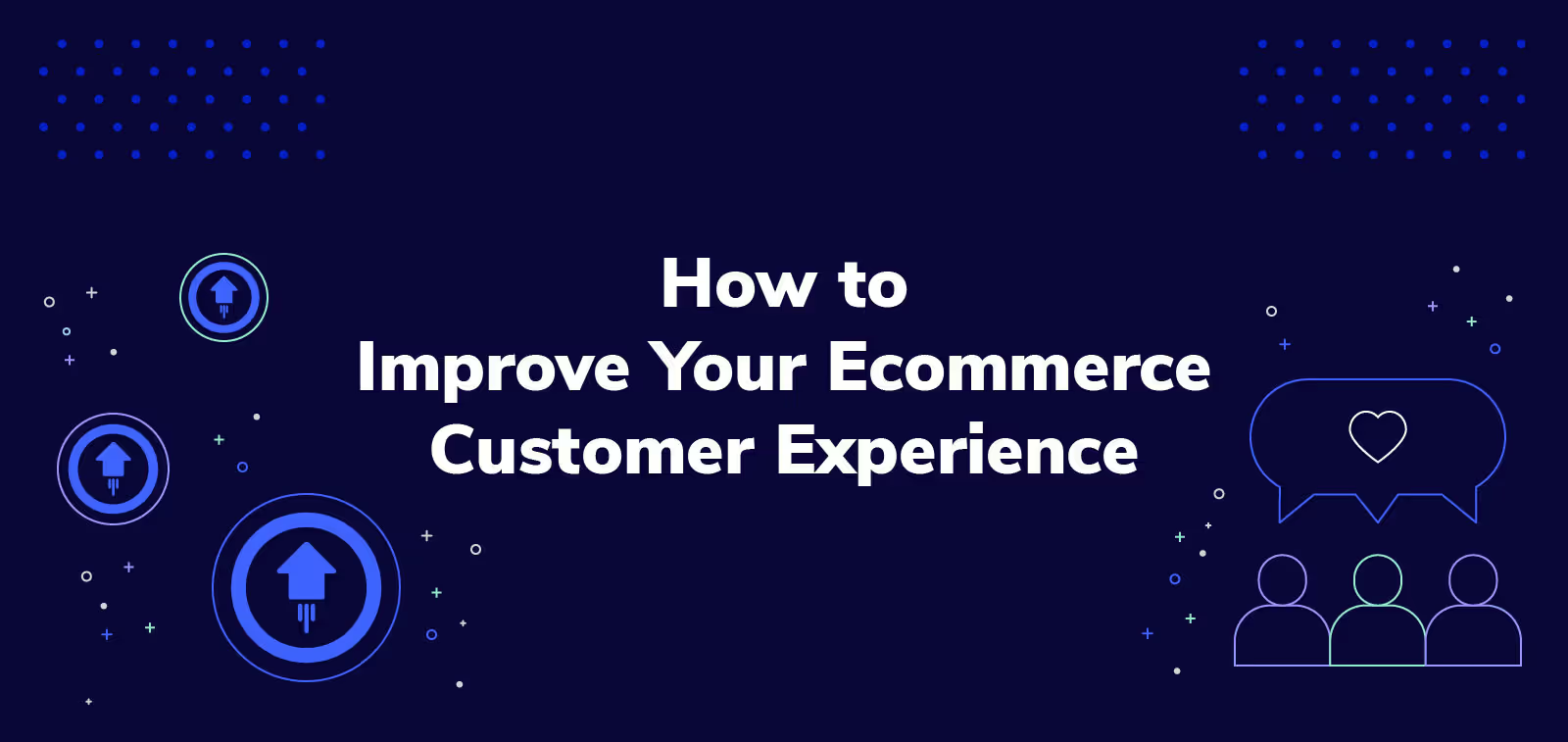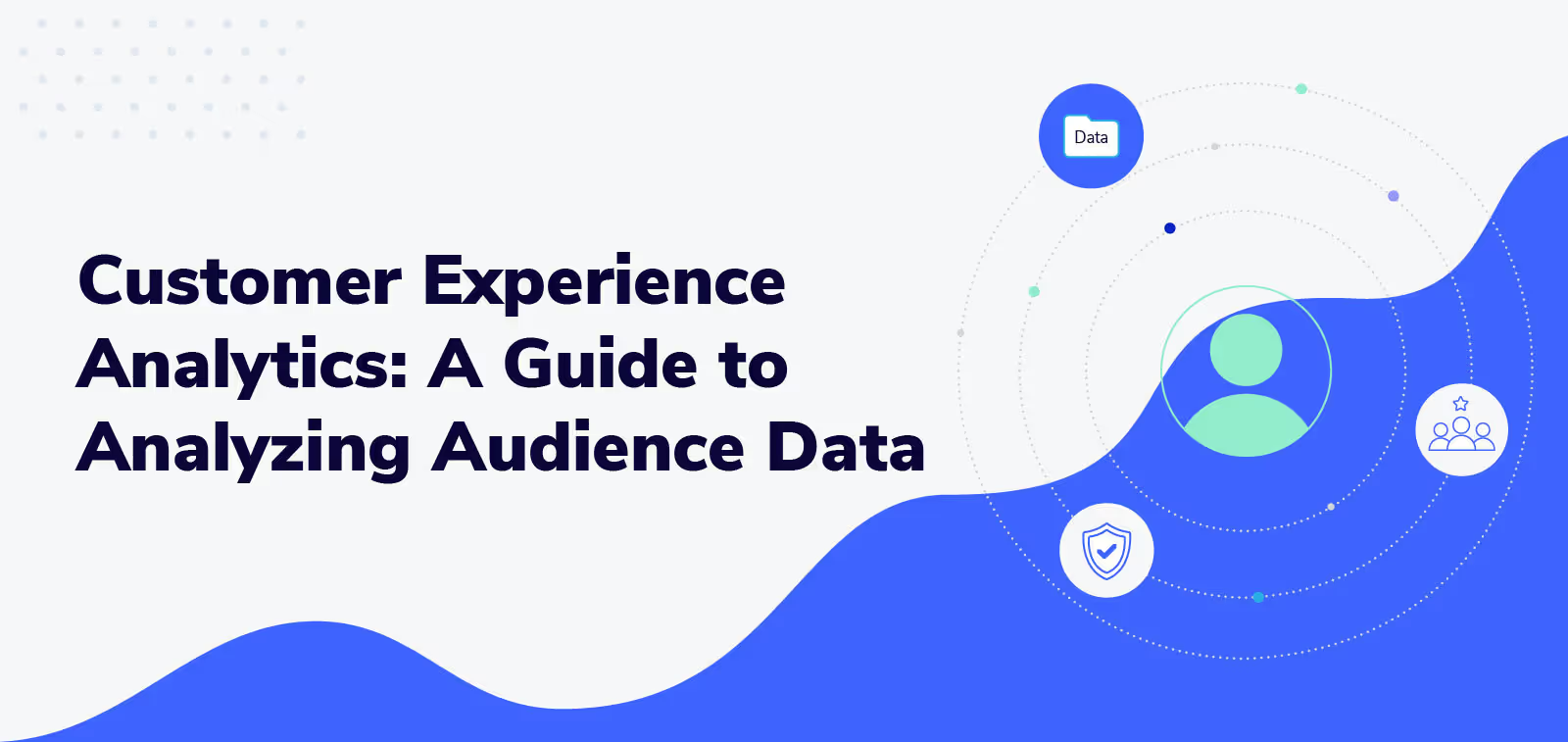Create the Perfect Purchase Experience with These Data-Driven Insights

From offering same-day delivery to 24/7 customer support, retailers have tried nearly everything they can to perfect the purchase experience for consumers. Consider layaway, the precursor to today’s buy now, pay later (BNPL) options: it was a popular payment option for almost 50 years…until credit cards became commonplace in the ’80s. However, after the Great Recession of 2008, layaway plans experienced a resurgence due to consumer demand.
Those two words — consumer demand — are perhaps the keystone for creating an ideal buying experience.
Data provided by Digital Commerce 360 in their 2022 report, “The Perfect Purchase Experience,” supports the idea that retail growth is (and should be) driven by consumer demand and behavior.
For example, the report includes data from the shipment tracking startup AfterShip, which shows that tracking pages drive an average 3.1 visits per ecommerce order. For many retailers, this presents an untapped opportunity to generate post-purchase engagement.
“The Perfect Purchase Experience” surfaces valuable information like that, and more. We’ve highlighted some of the most significant insights from the report below to help merchants better understand what consumers want…and how they can continue working toward offering a perfect purchase experience.

Buy Now, Pay Later options grow in popularity, drive conversions
Especially among younger consumers, BNPL is becoming a go-to option for payment. Aite-Novarica Group, a financial advisory firm, surveyed more than 2,000 consumers between July 2020 and June 2021 and found that more than half of younger shoppers rely on BNPL for their purchases. That’s led by 58% of Gen Z shoppers (born between 1996 and 2002), 56% of young millennials (1990 to 1995), and 53% of older millennials (1981 to 1983).

For merchants, BNPL has a direct impact on conversions — it motivates shoppers to purchase. BlendJet, a portable blender retailer, tested how effective AfterPay was on its site in January 2022 where some customers were given the option to select AfterPay and others were not. The results were a 15% increase in conversions for those who selected AfterPay to complete their purchase.
“The impact to our conversion rate is proportional to the percentage of customers who use Afterpay,” said BlendJet CEO and Co-founder Ryan Pamplin, “which means that 15% of people probably would not have bought a BlendJet without that payment option.”
Many retailers like BlendJet have caught onto BNPL as a value-added service that meets consumer demand: of Digital Commerce 360’s Top 1,000 online retailers in North America by web sales, 45.7% had adopted BNPL in 2021 — a sharp increase from only 28.2% in 2020. And now that there are more options for BNPL providers, like Affirm and Klarna, we can expect to see that number continue to increase.
Despite broad consumer adoption, retailers aren’t accepting Venmo…yet
Similar to BNPL, mobile payment options are on the rise. Consider Apple Pay — it’s accepted at more than 85% of US retailers. Venmo, on the other hand, has more than 83 million users in the US, but in 2021, only 11.3% of Digital Commerce 360’s Top 1,000 retailers had begun to accept it at checkout.
A clear objection for retailers is the cost associated with taking Venmo: ecommerce retailers are charged 1.9% plus $0.10 per transaction — competitive with credit cards, but still more expensive than Apple Pay, which is free to accept.
As Venmo remains a leader in mobile payments, expect more retailers to accept it as a form of payment in the future.
Product shipping is an opportunity for post-purchase engagement
Digital Commerce 360 reports that 74.6% of its Top 1,000 retailers offered free shipping in 2021, with 27.4% also offering free return shipping.
But is free shipping enough to win over customers and increase brand loyalty?
After a customer purchases an item, retailers have an opportunity to drive post-purchase engagement with direct communication related to product shipping. Project44, a tech and logistics company, reports that 93% of ecommerce customers prefer email for post-purchase communication.
Post-purchase emails — like simple delivery tracking emails — are an opportunity for retailers to drive engagement with customers. They provide vital information that lead to website traffic, too: AfterShip reports that tracking pages receive 3.1 visits per order, making the case for cross-selling opportunities with on-page product recommendations.
These insights show that placing focus on your post-purchase lifecycle could be the difference between a customer buying once from your website or returning for repeat purchases.
Merchants offering product protection are winning more conversions
A 2021 survey by PYMNTS.com revealed that American consumers buy product protection plans for around 30% of their purchases of durable goods. But that number could be higher, based on consumer demand.
Another PYMNTS.com survey from 2020 showed that 48% of customers would make more online purchases if they had the opportunity to buy protection plans at checkout. The survey also found that 32% of consumers would spend more if they were offered product protection at checkout.
The survey also reported that average order value increases by 62% when product protection is added to an ecommerce transaction.
Some retailers have found the proof in the pudding and are benefiting: since adding Extend™ protection plans to its product catalog, BlendJet has attributed $500,000 (and counting) to product protection alone. They’ve also seen an 11% increase in conversion rate over that same time period.
Get more insights from The Perfect Purchase Experience
Customers are making it clear that they want more value from each ecommerce purchase they make. The insights included in Digital Commerce 360’s “The Perfect Purchase Experience” offer retailers a glimpse into how they can provide additional value to their customers while also improving their margins and increasing brand loyalty.
What’s included in this article — from flexible payment options to robust product protection offerings — are just a few examples of how retailers might make progress toward creating a perfect purchasing experience for customers. To get your copy and read the full report, including retailer stories and more valuable data points, click here.

Aaron Sullivan is senior content marketing manager at Extend. He specializes in writing about e-commerce, finance, entertainment, and beer.
.svg)






























